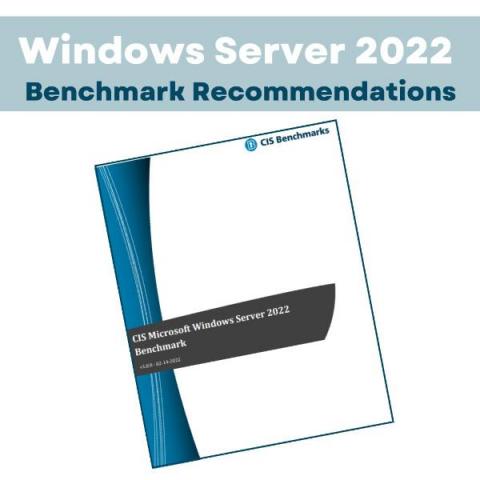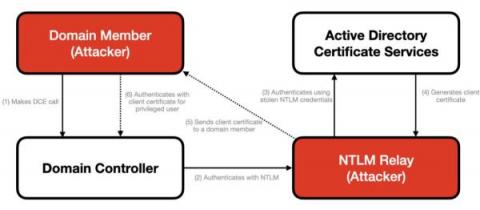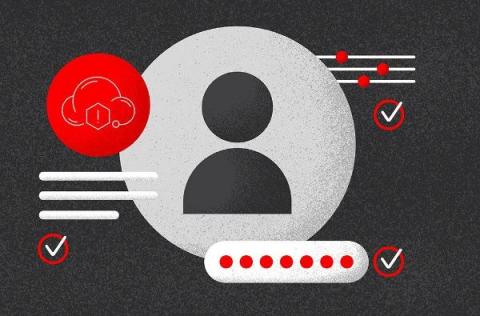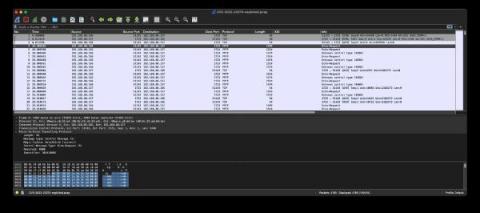Security | Threat Detection | Cyberattacks | DevSecOps | Compliance
Windows
Modernize and Migrate to Egnyte to Replace Your Windows File Server
For decades, Microsoft’s Windows Server has been a mainstay for businesses of all sizes, most notably as a file server. However, as companies adapt to remote work, increasing cyber threats, and growing data privacy regulation, many are considering shifting their Windows file server to the cloud—or replacing it altogether. Egnyte is a great fit for companies looking to migrate their Windows file server to a modern platform designed for the new way of work.
Detecting CVE-2022-30216: Windows Server Service Tampering
In July 2022, Microsoft disclosed a vulnerability in the Windows Server Service that allows an authenticated user to remotely access a local API call on a domain controller, which triggers an NTLM request. This results in a leak of credentials that allows an attacker to authenticate to Active Directory Certification Services (ADCS) and to generate a client certificate that enables remote code execution on a domain controller.
Windows SAM & AD SAM Security - Essential Guide 2023
Detecting and Mitigating NTLM Relay Attacks Targeting Microsoft Domain Controllers
Adversaries often exploit legacy protocols like Windows NTLM that unfortunately remain widely deployed despite known vulnerabilities. Previous CrowdStrike blog posts have covered critical vulnerabilities in NTLM that allow remote code execution and other NTLM attacks where attackers could exploit vulnerabilities to bypass MIC (Message Integrity Code) protection, session signing and EPA (Enhanced Protection for Authentication).
Choosing an RDP Client
Controlling your Windows PC remotely can open a world of possibilities; remote work, remote assistance, remote system diagnosis and network troubleshooting are just some of the advantages of using Remote Desktop Protocol or RDP. Developed by Microsoft, RDP allows you to remotely connect to another computer over a network, giving you full access to and control over the computer’s software, data and resources.
CVE-2022-30190 - Updated Guidance for MSDT Remote Code Execution Zero-Day Vulnerability in Windows
Follina - CVE-2022-30190
CVE-2022-30190 - Microsoft Windows Support Diagnostic Tool (MSDT) Remote Code Execution Zero-Day Vulnerability in Windows
Detecting CVE-2022-23270 in PPTP
This month, Microsoft announced a vulnerability in PPTP, a part of the VPN remote access services on Windows systems that runs on port 1723/tcp. Through Microsoft’s MAPP program, Corelight Labs reviewed a proof of concept exploit for this vulnerability and wrote a Zeek®-based detection for it.











